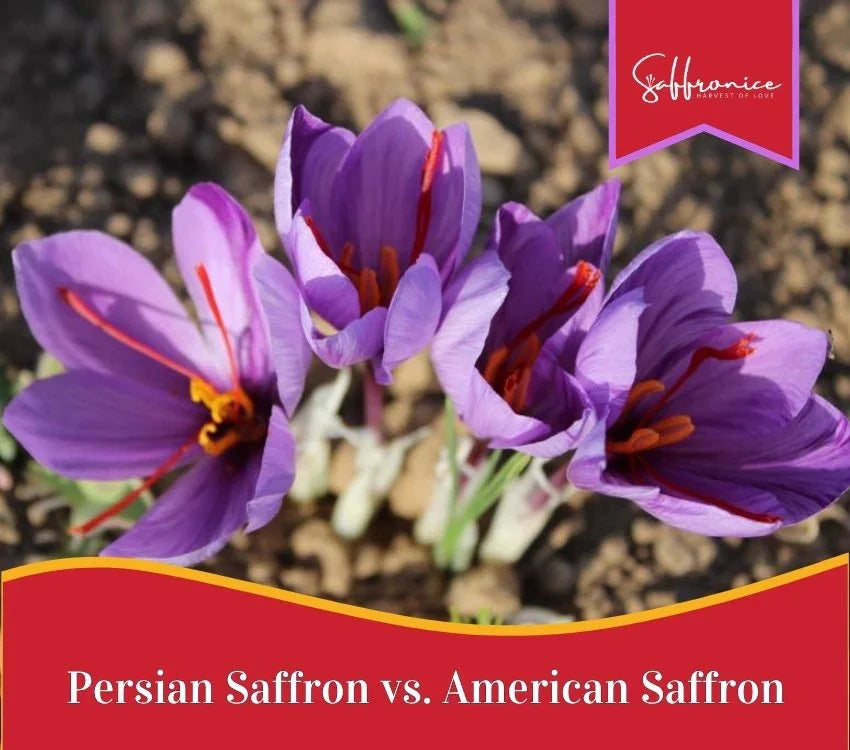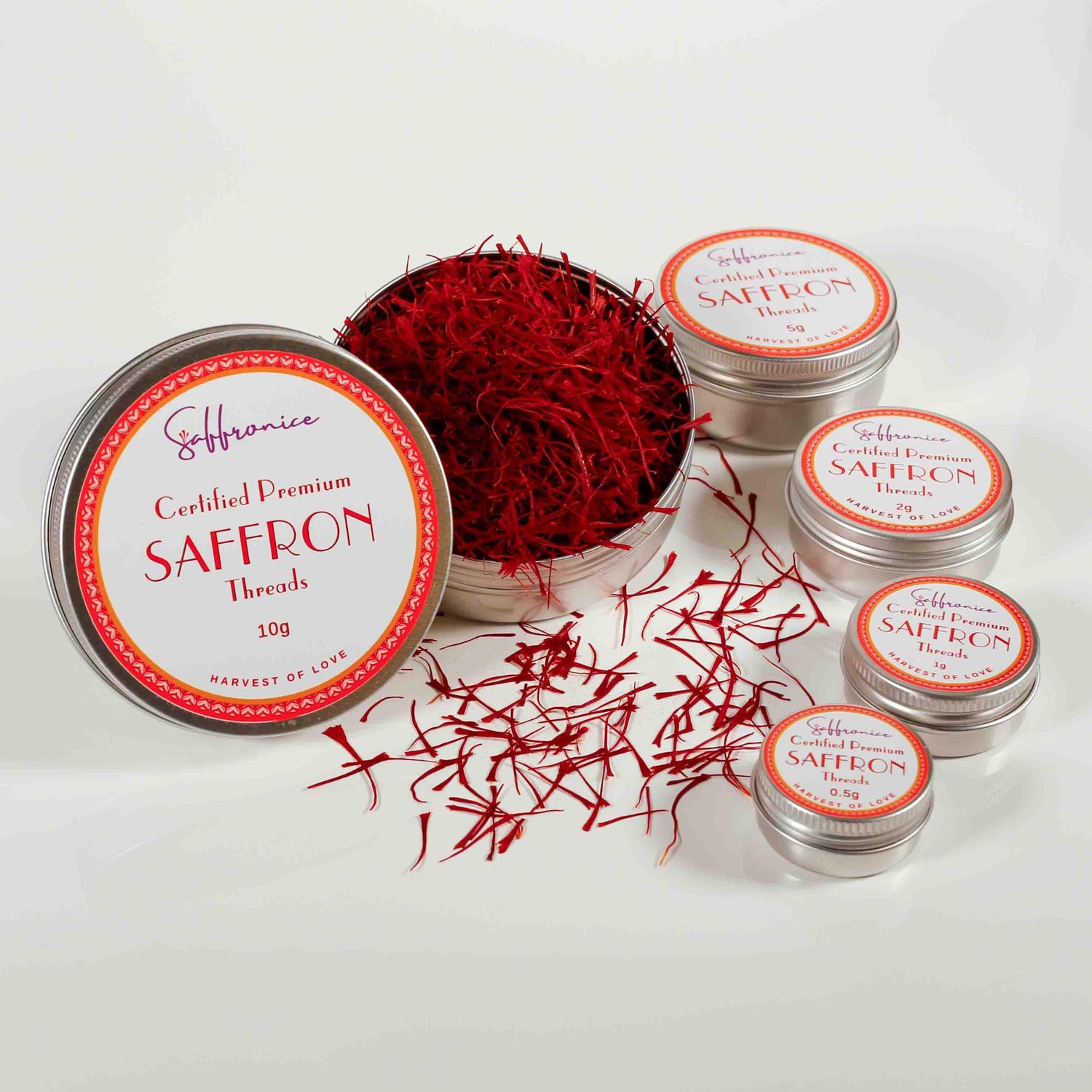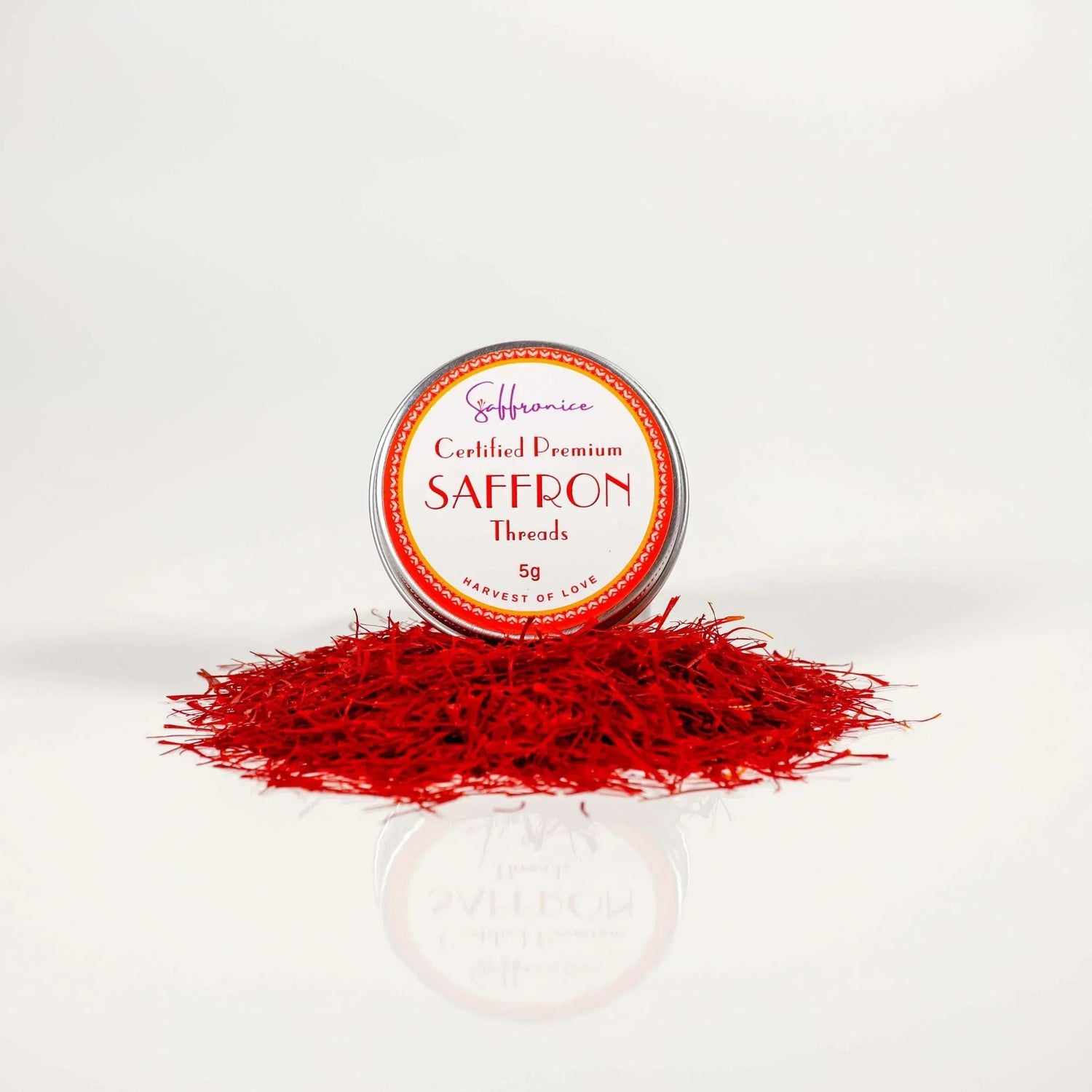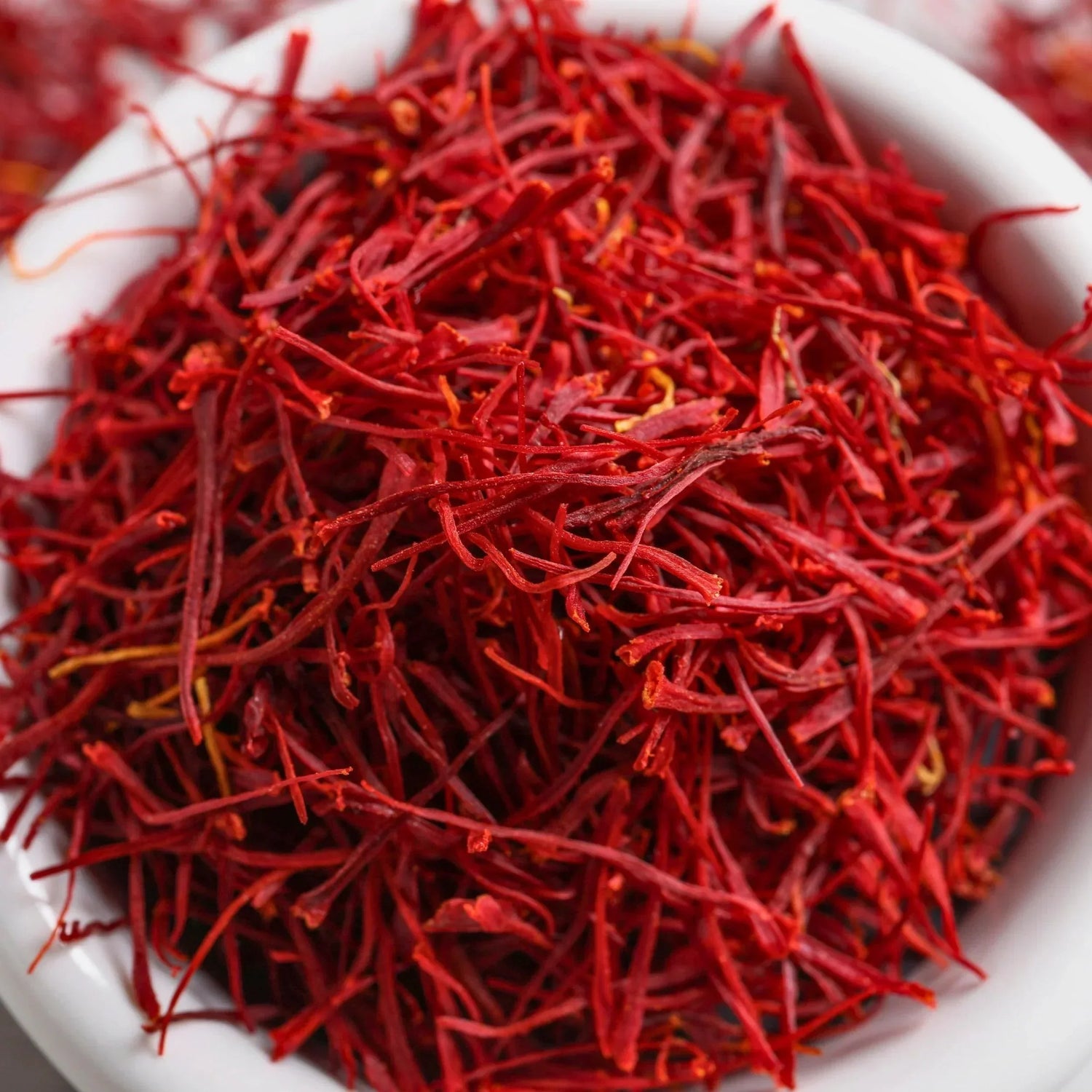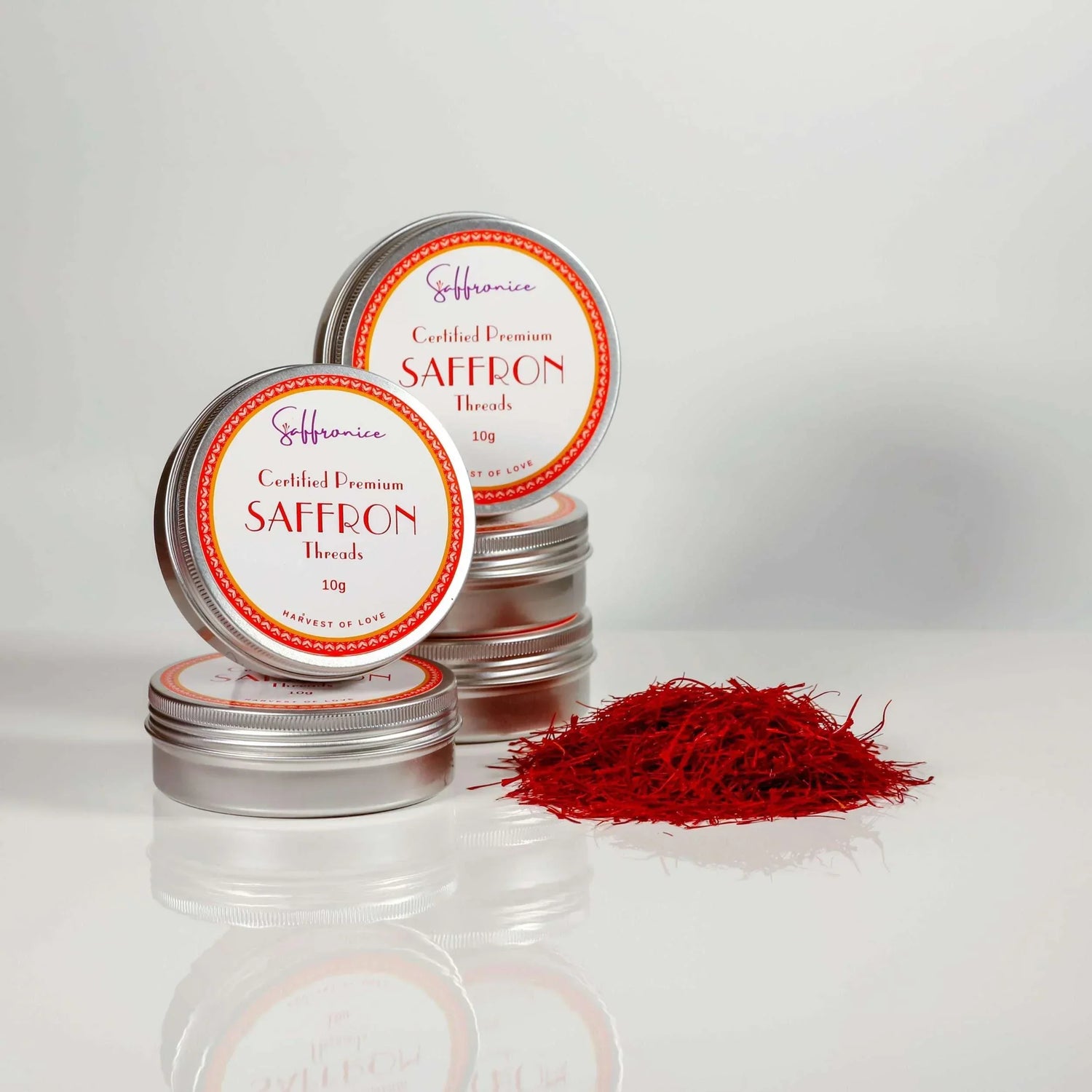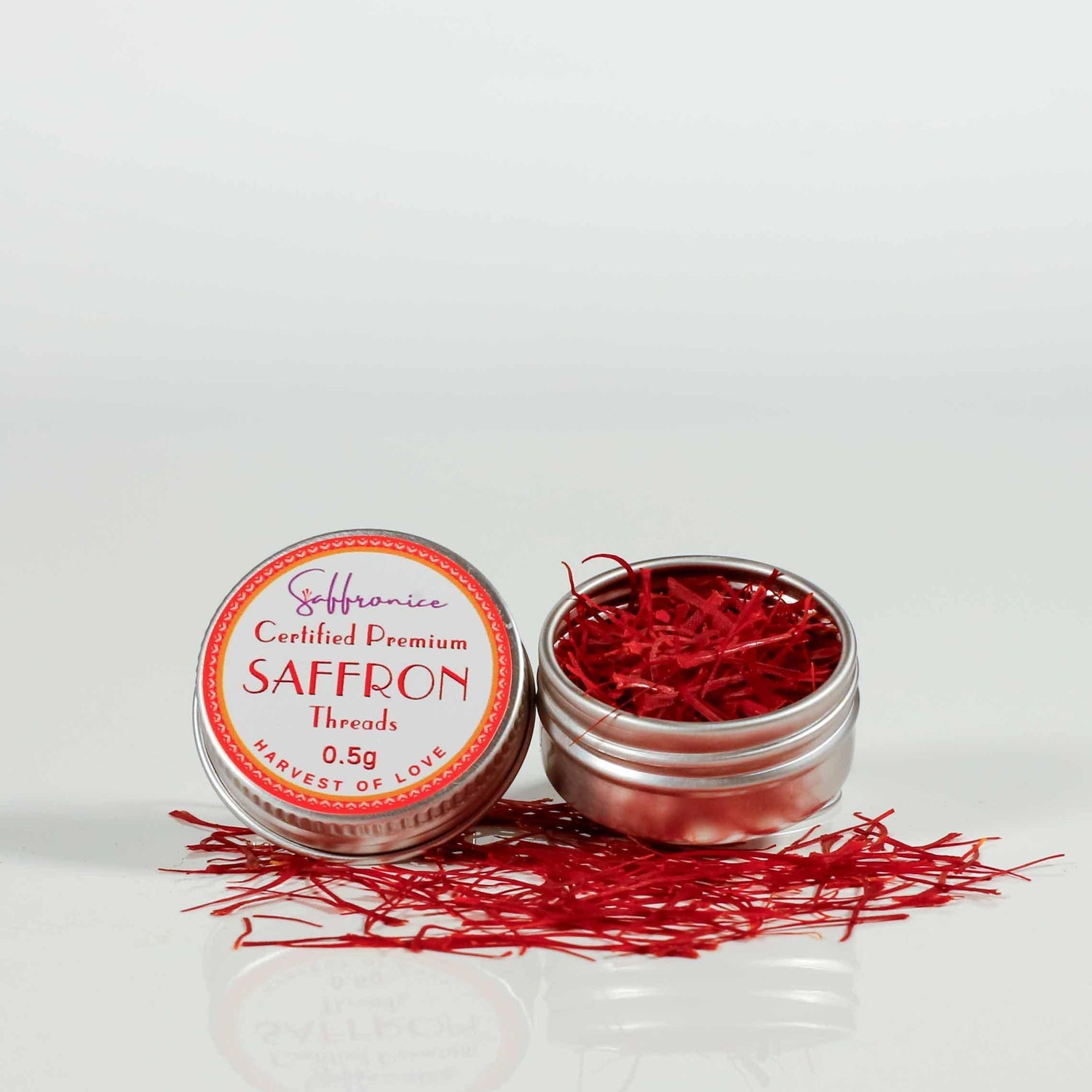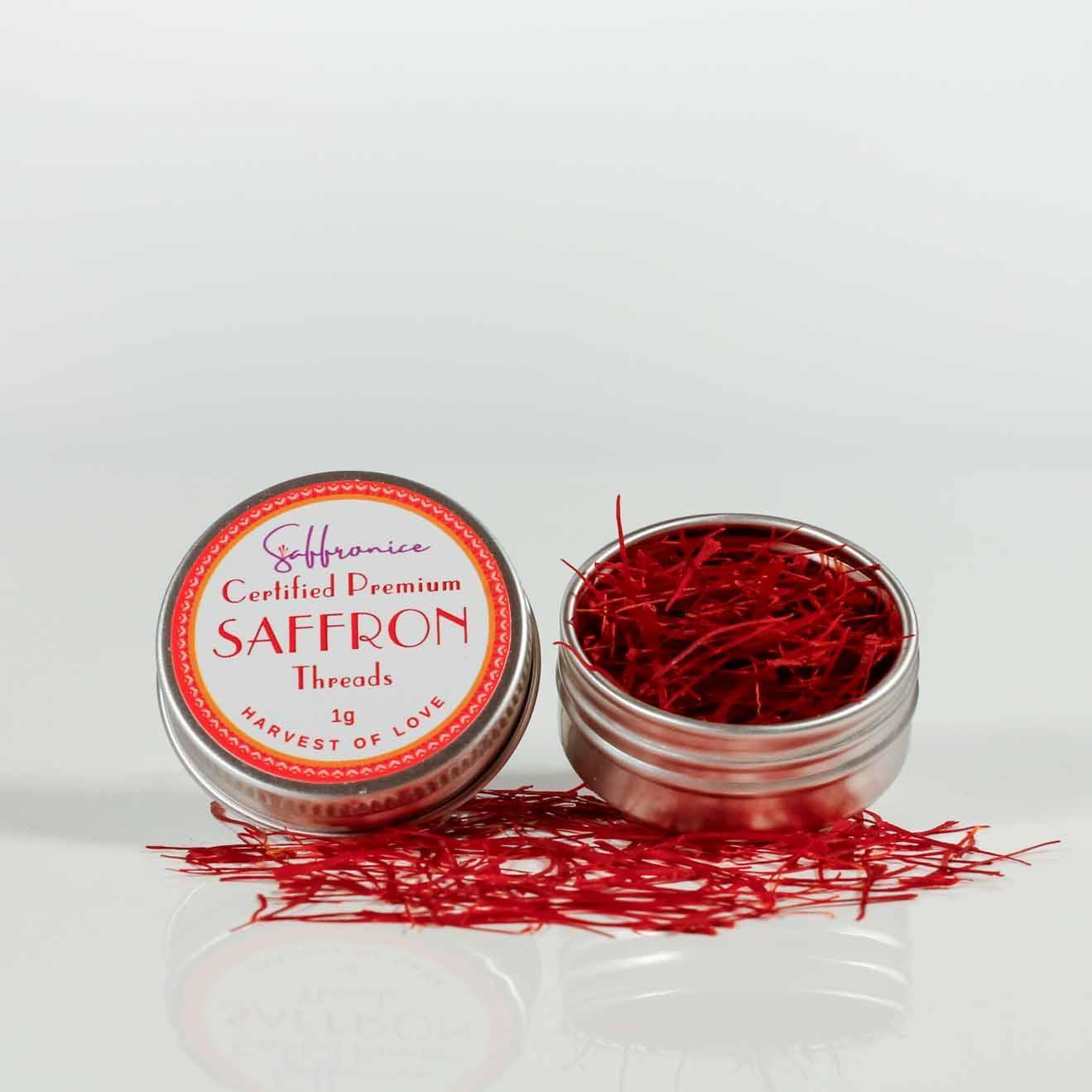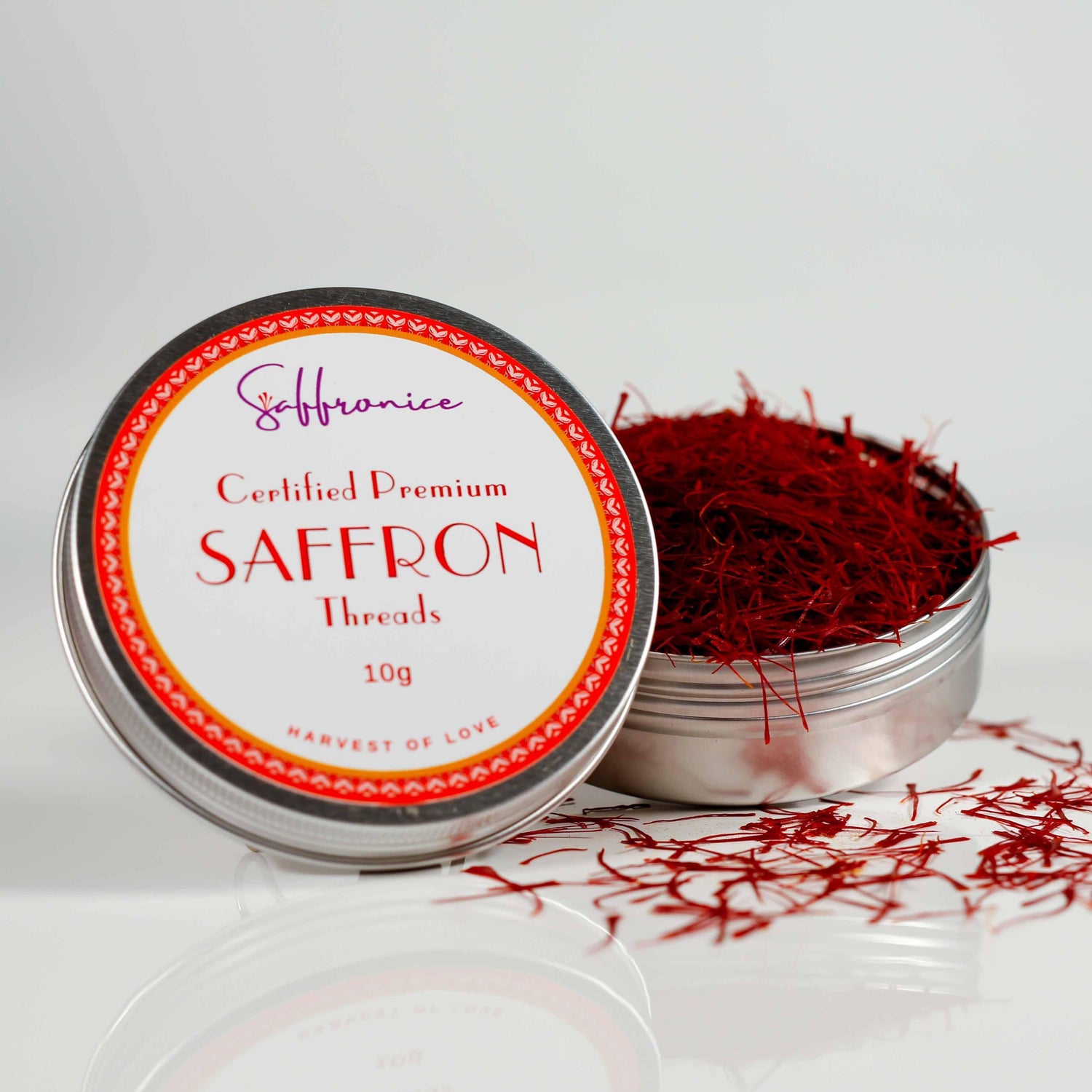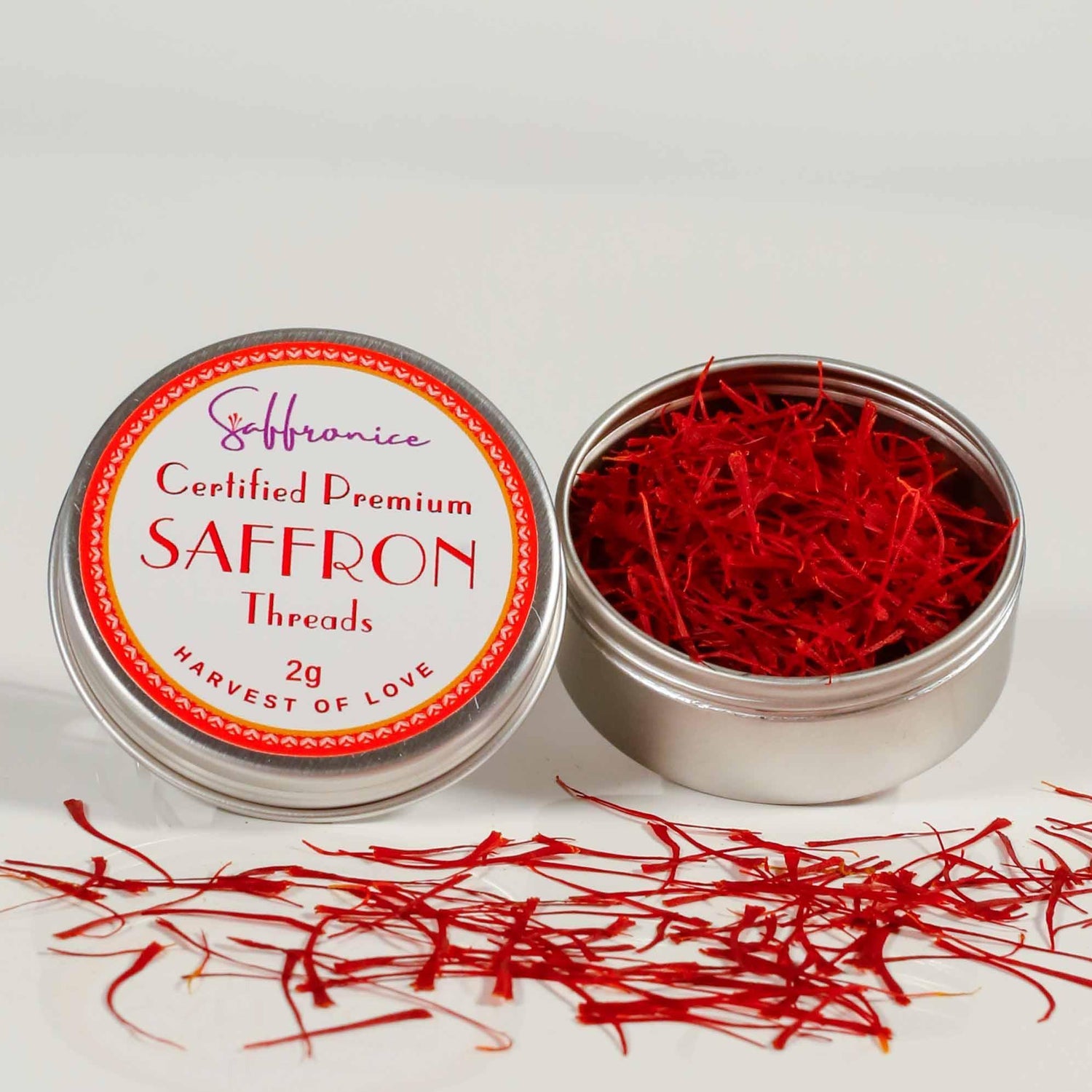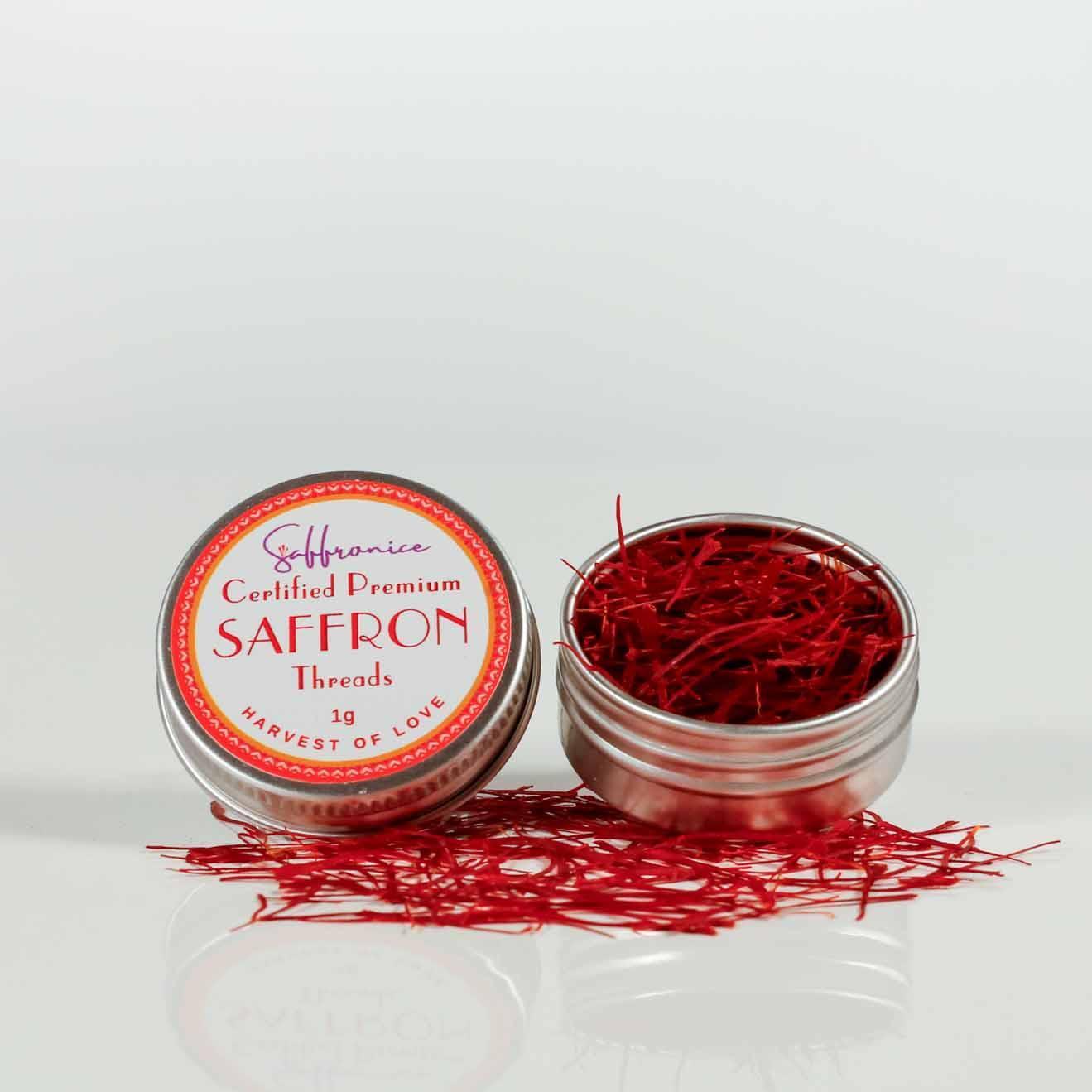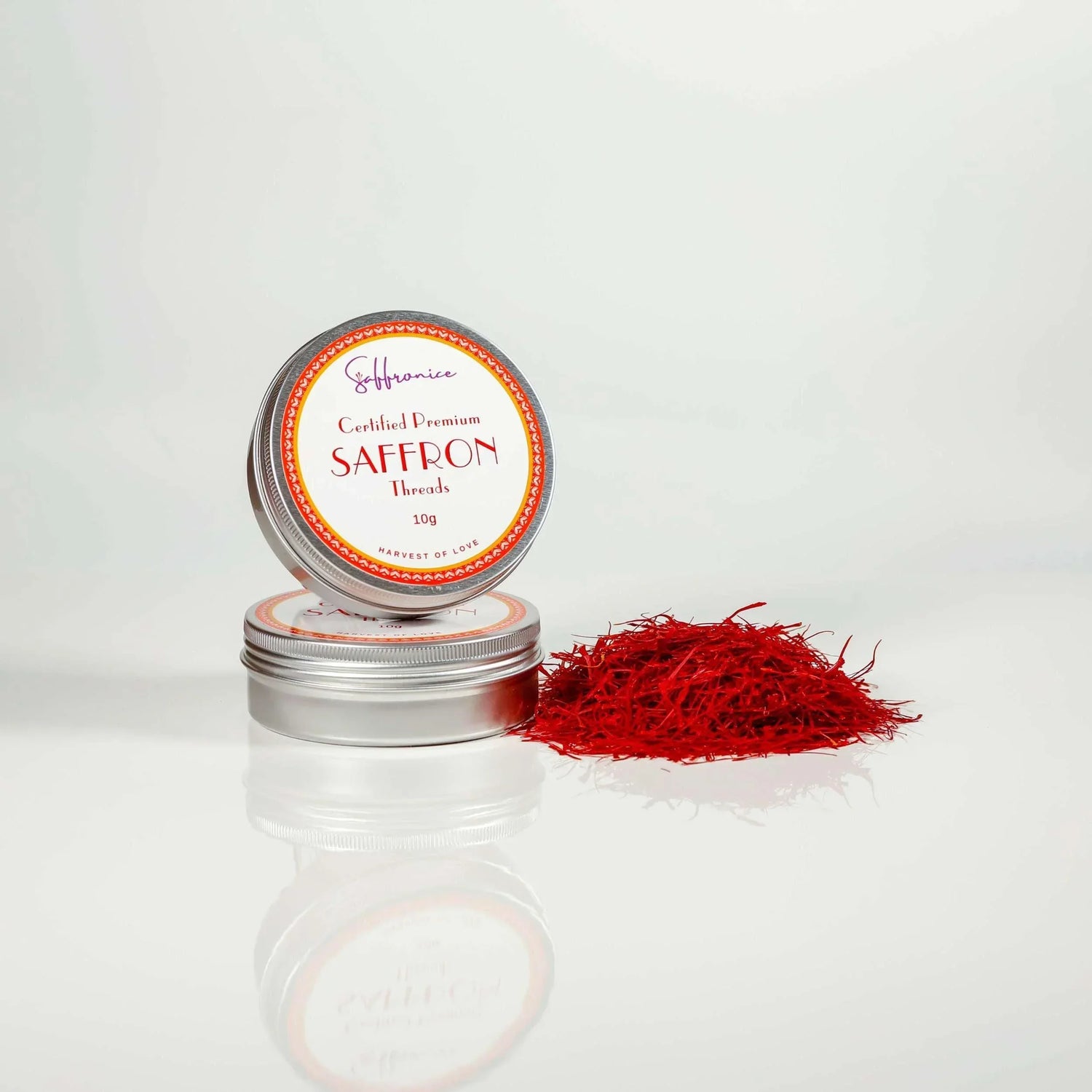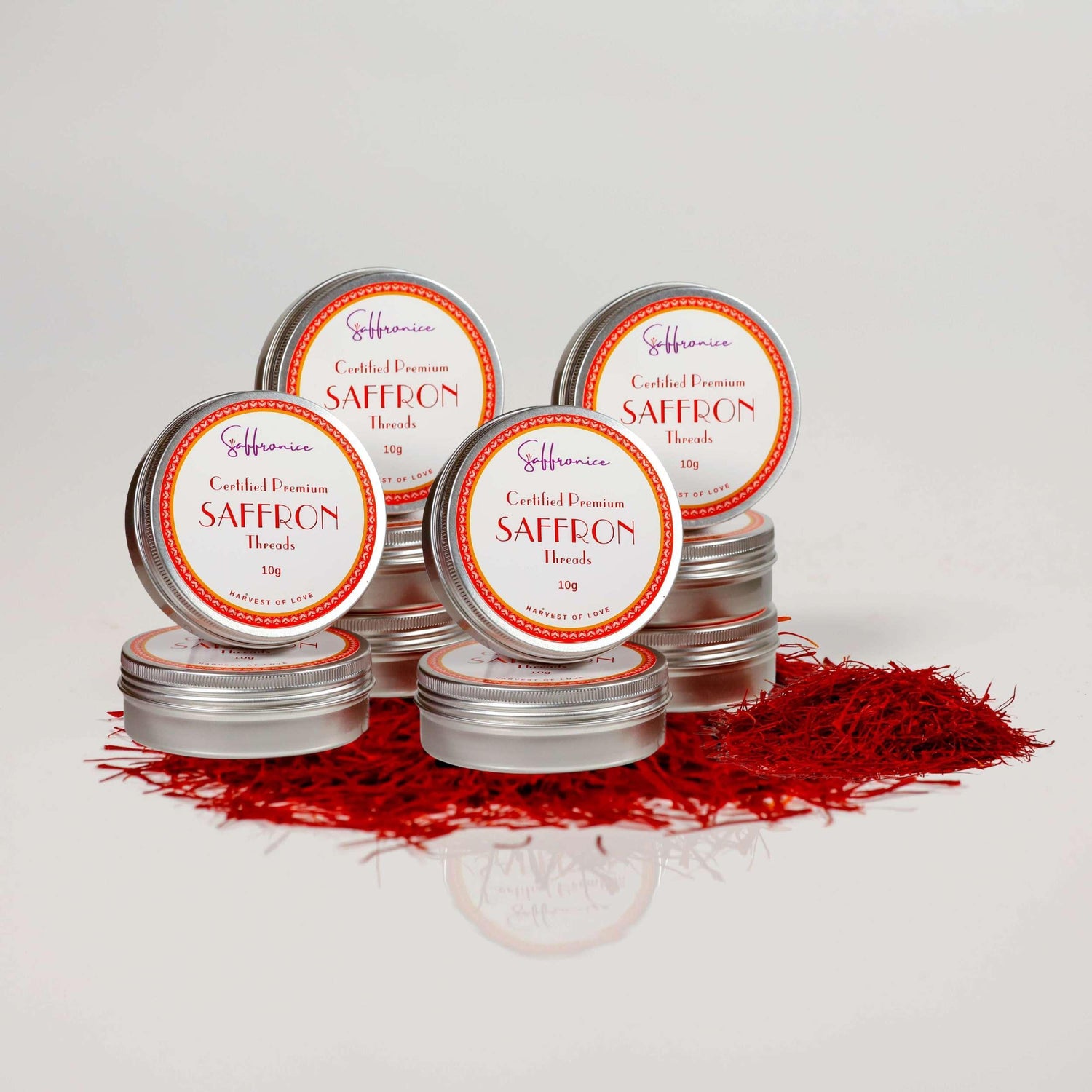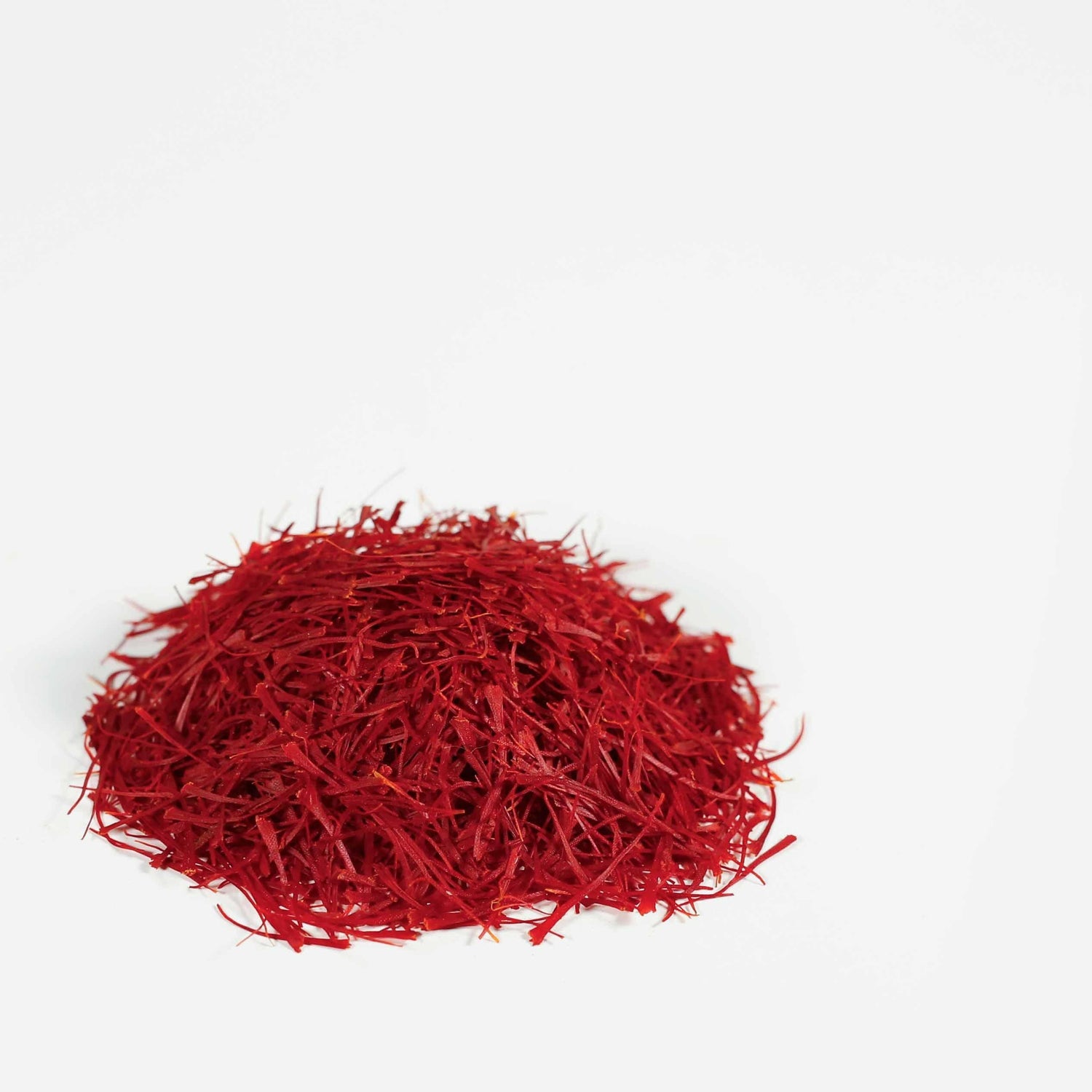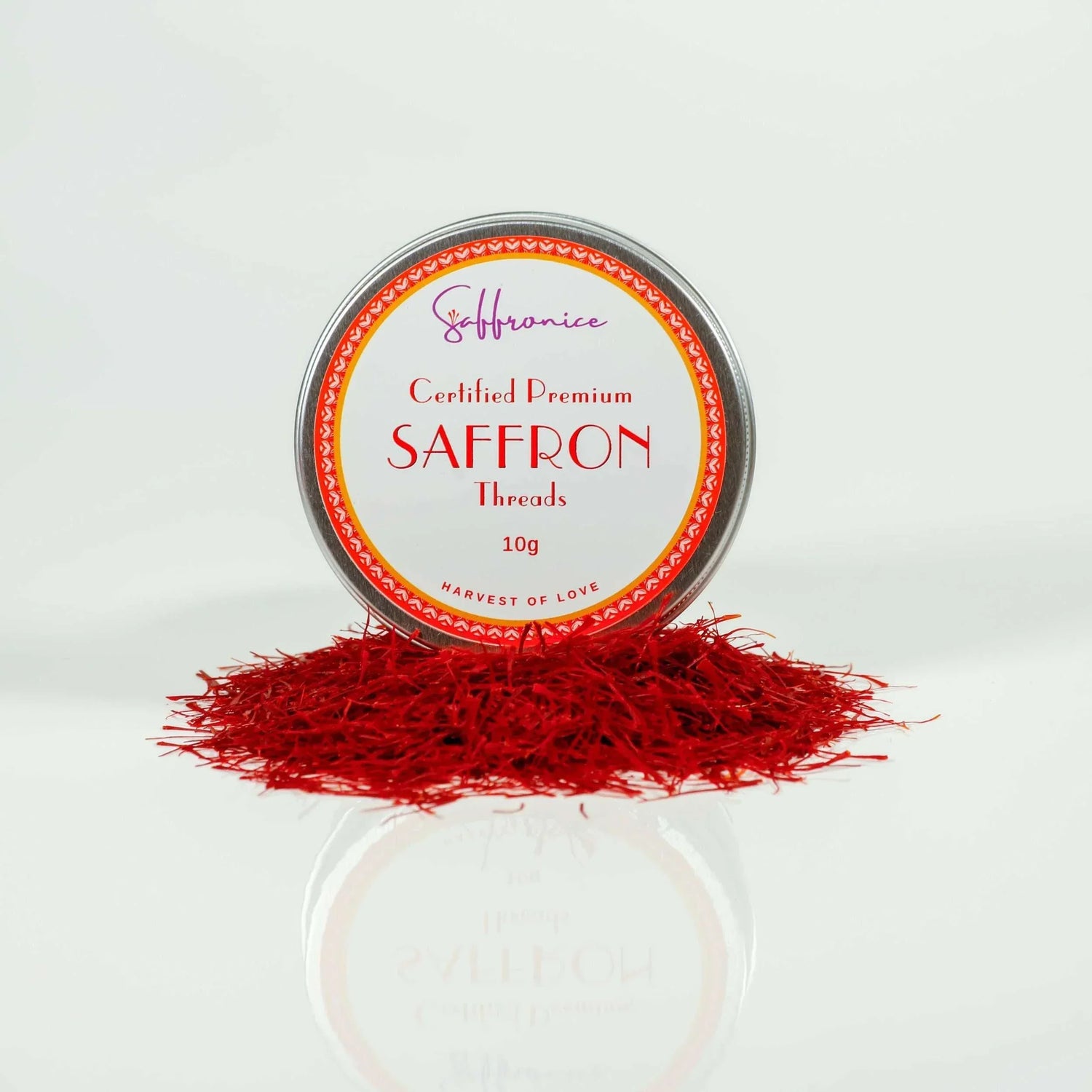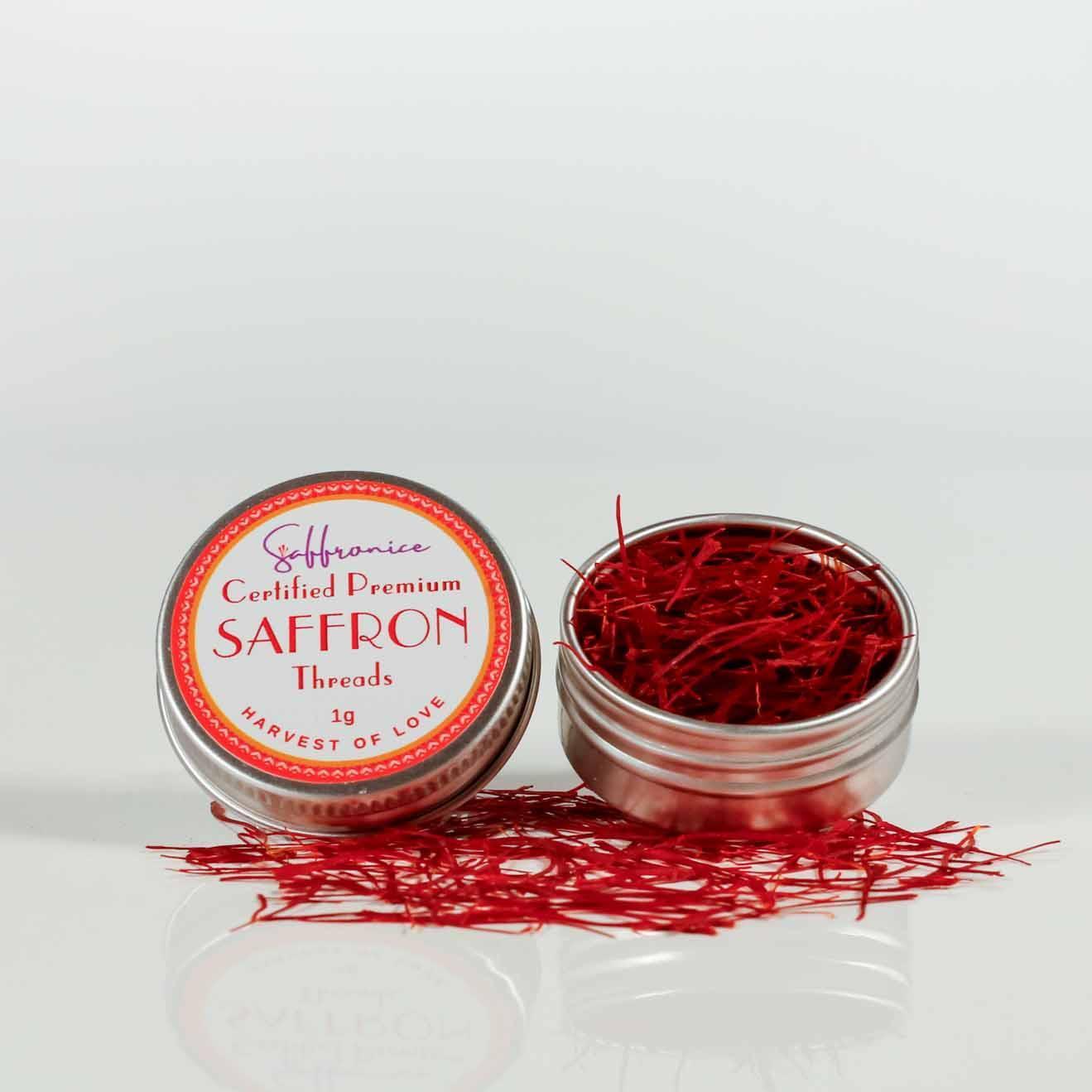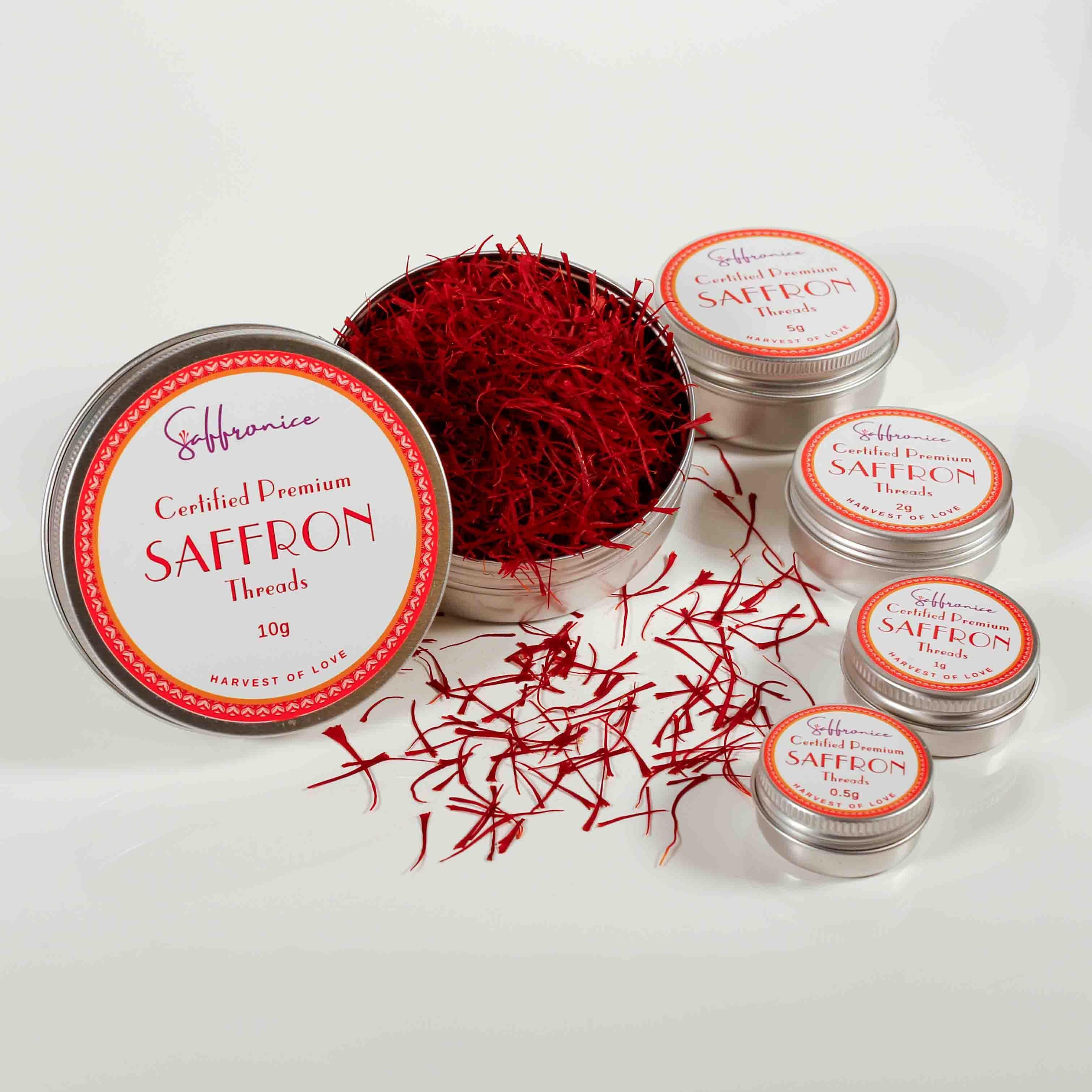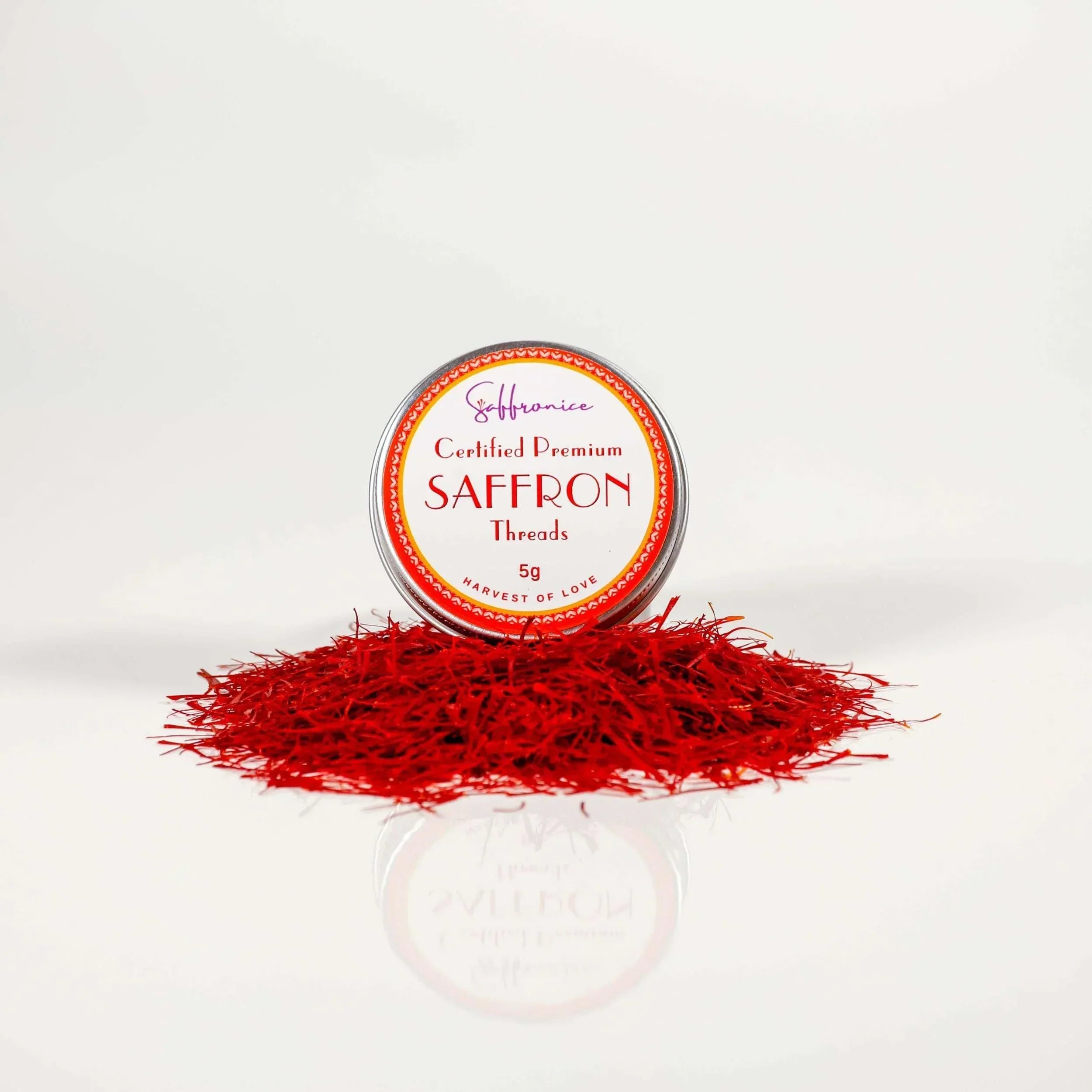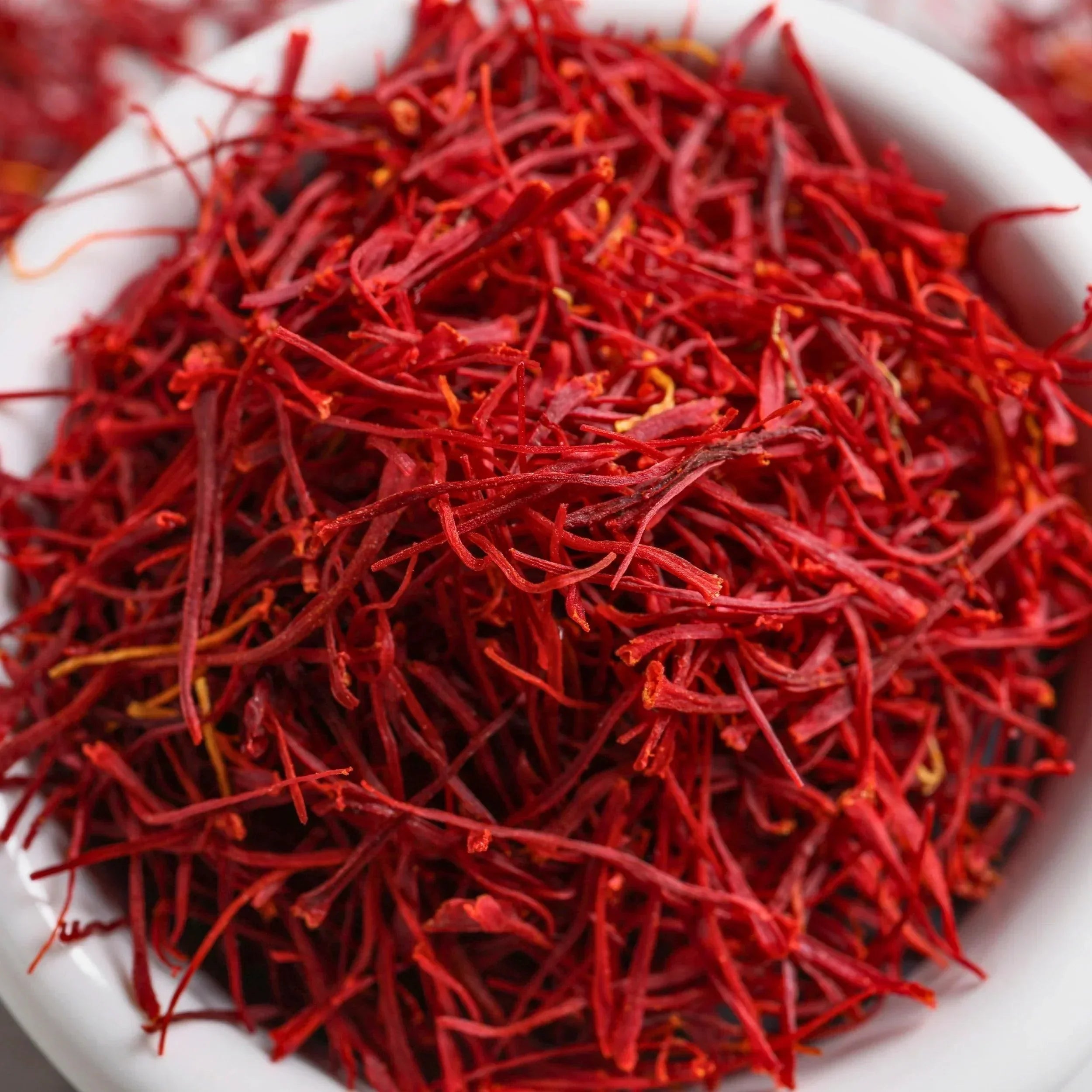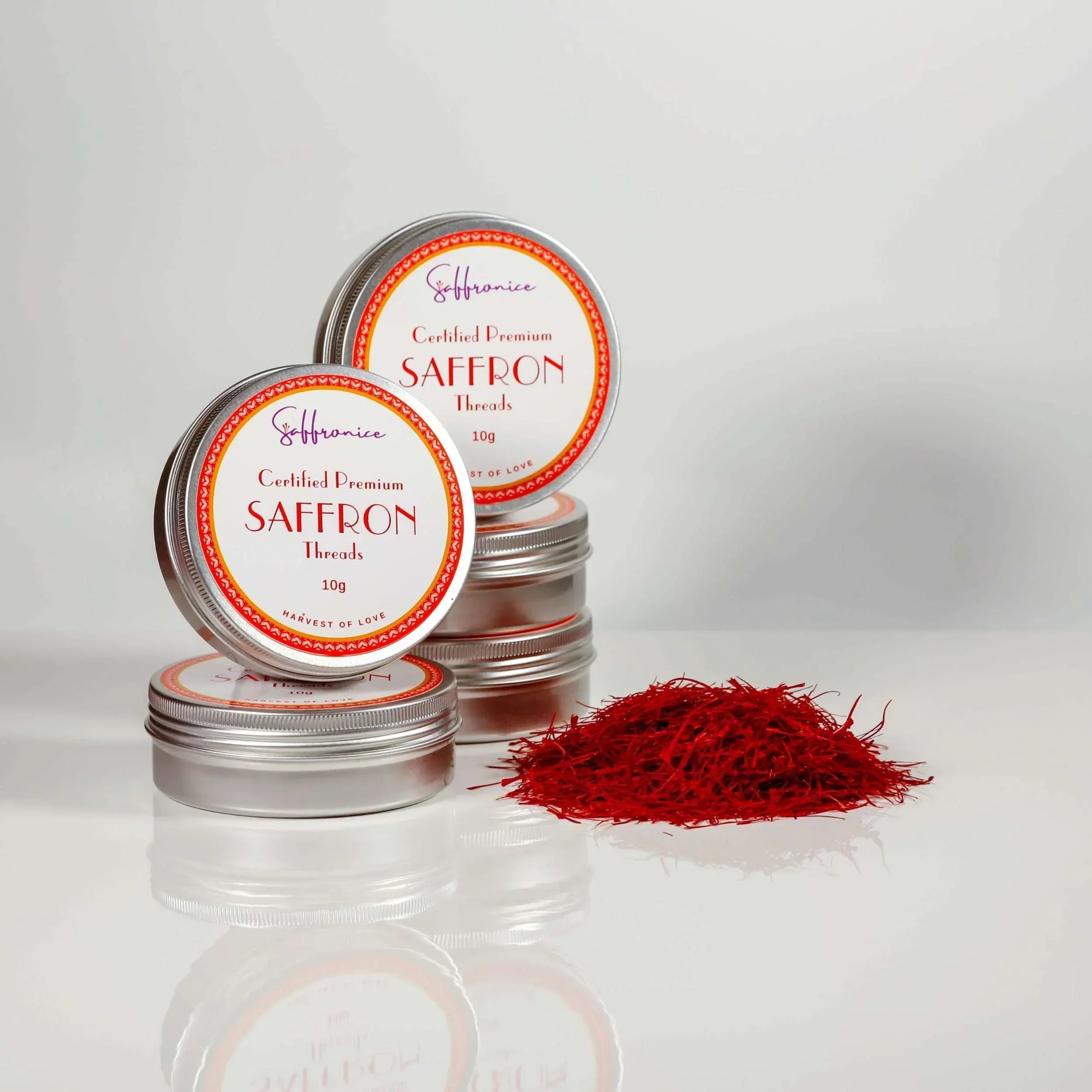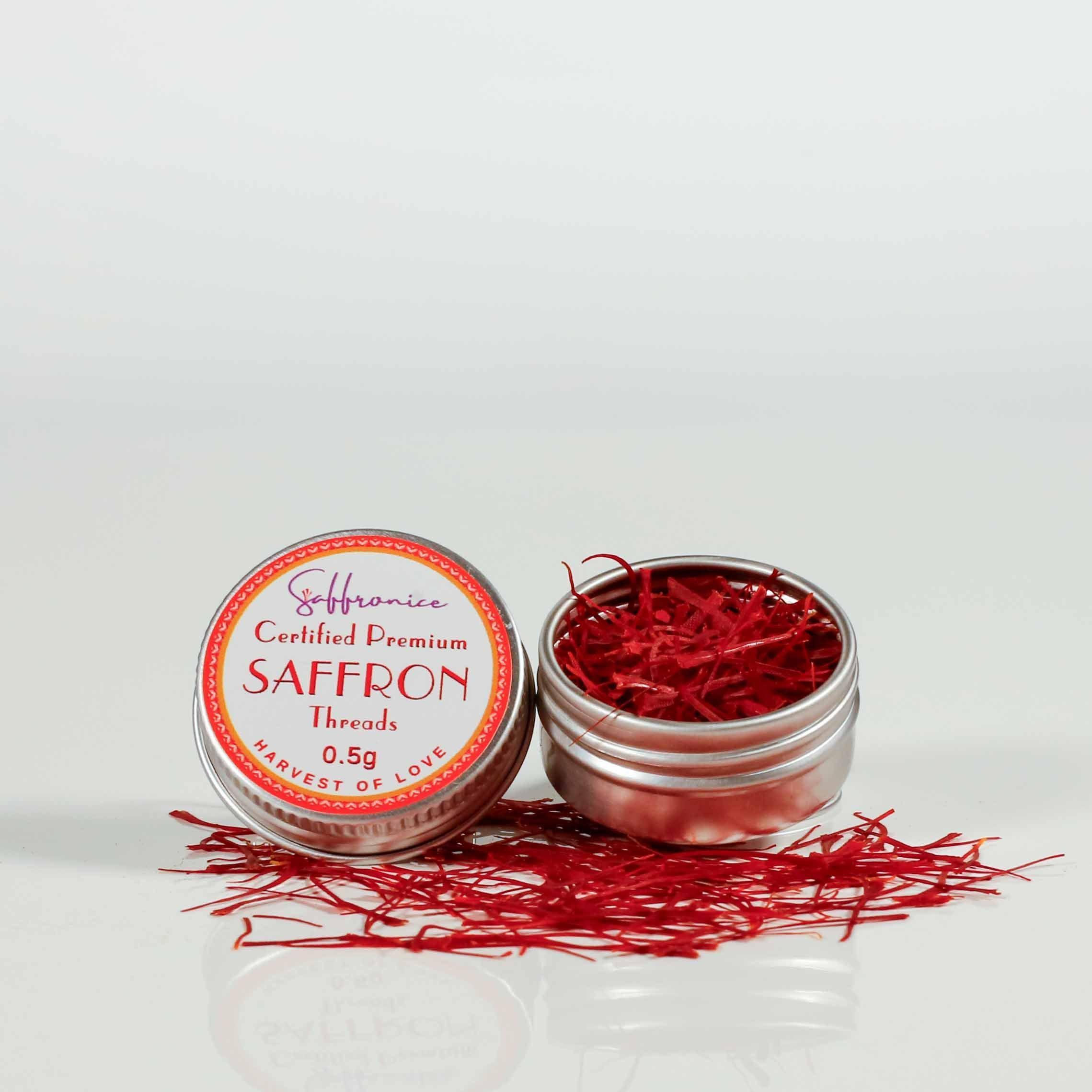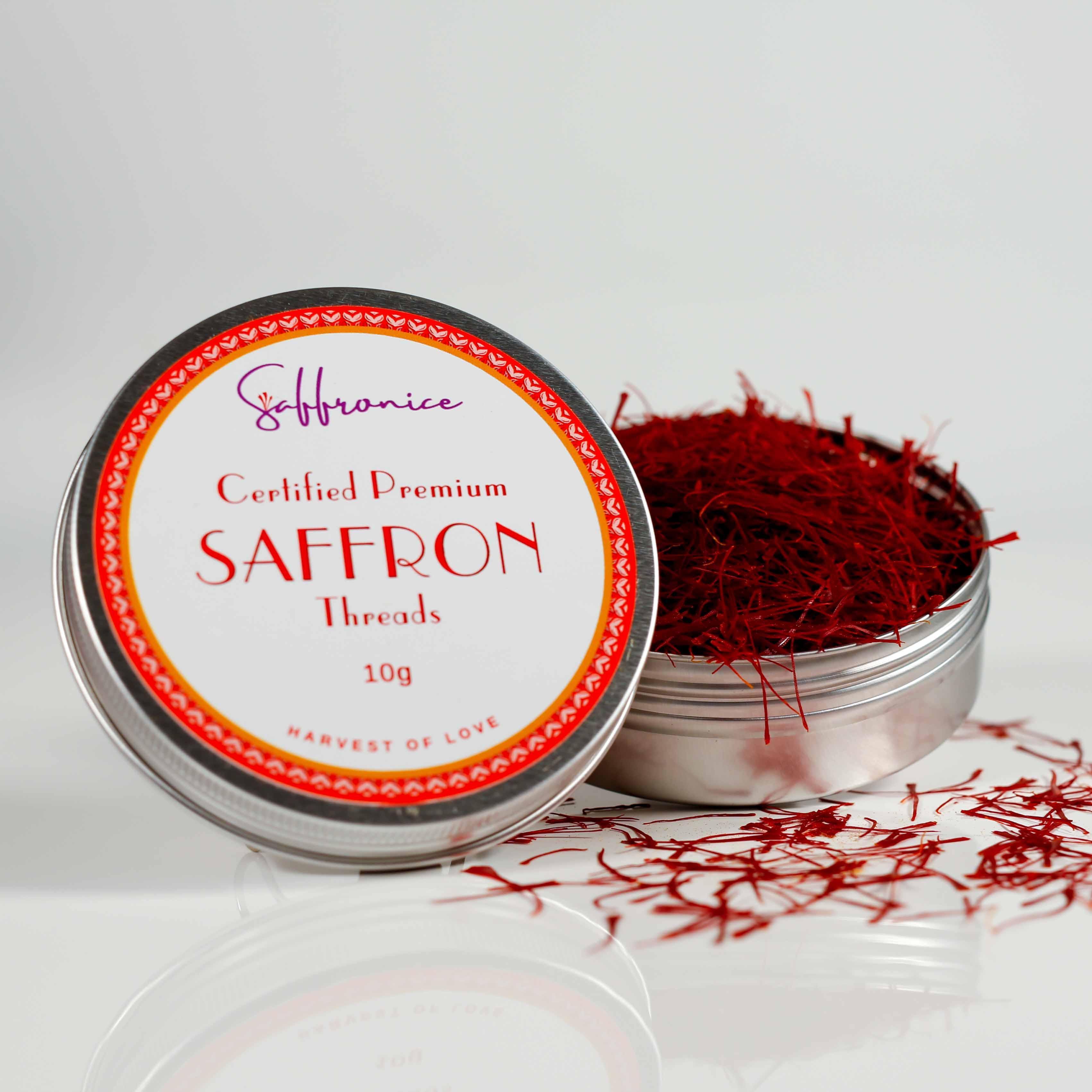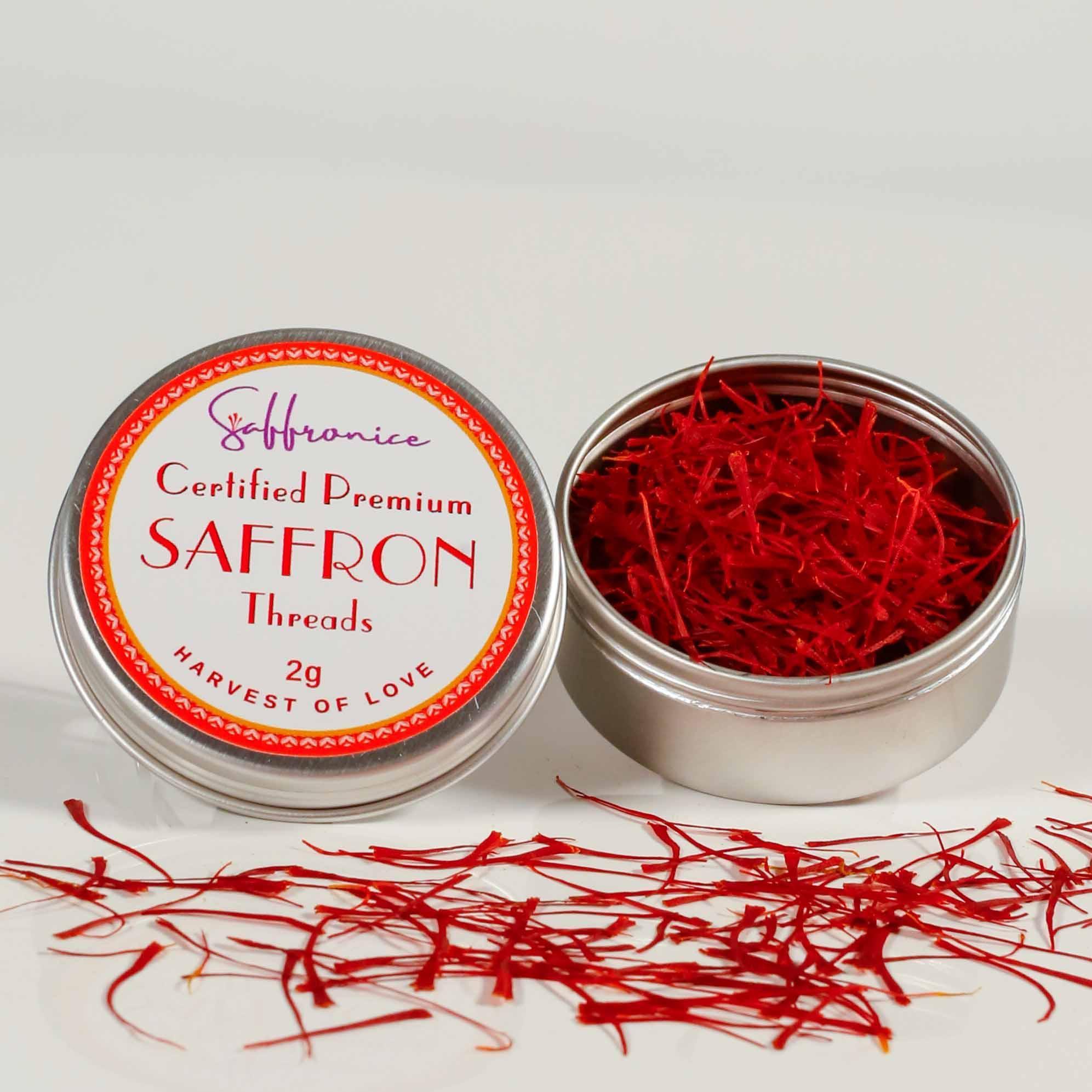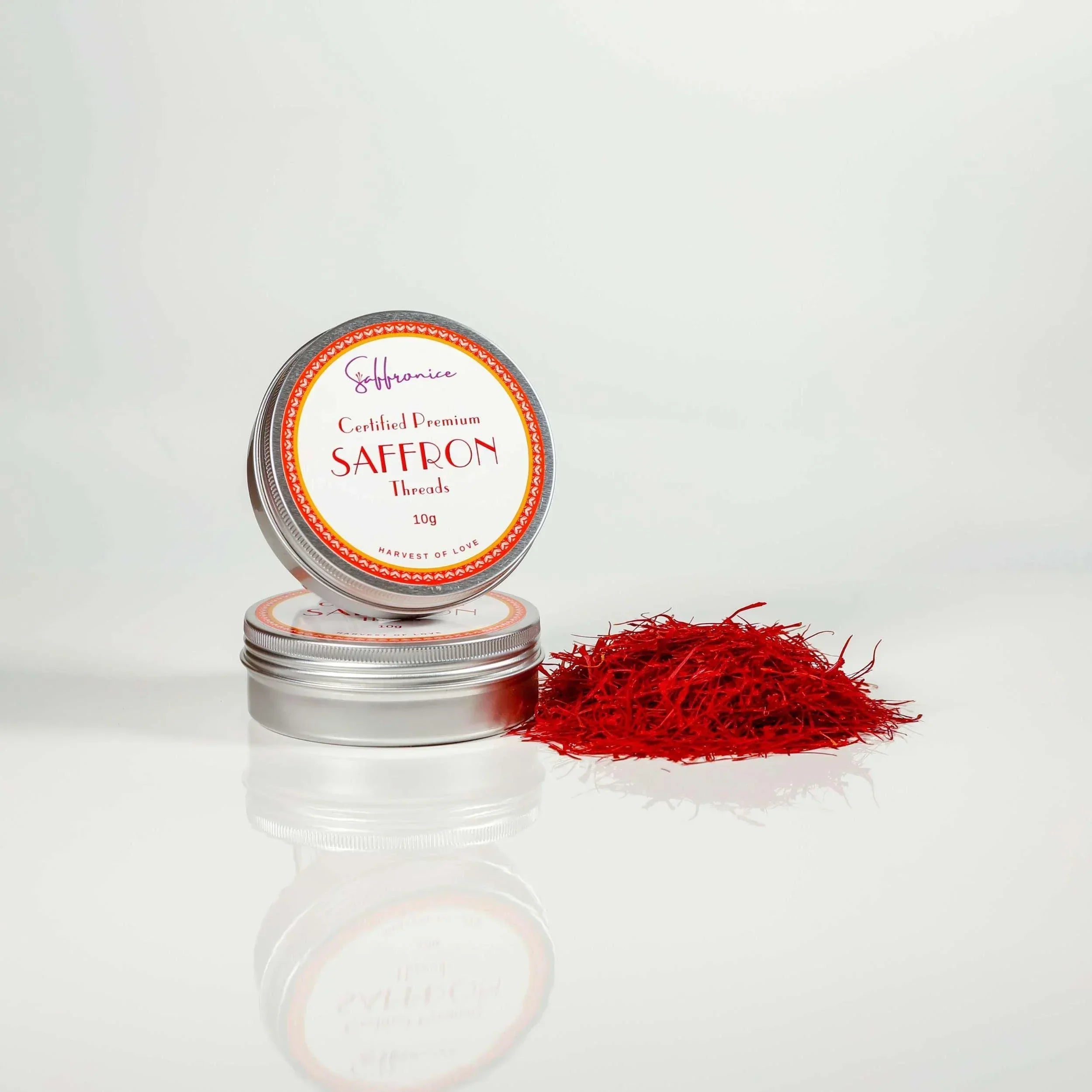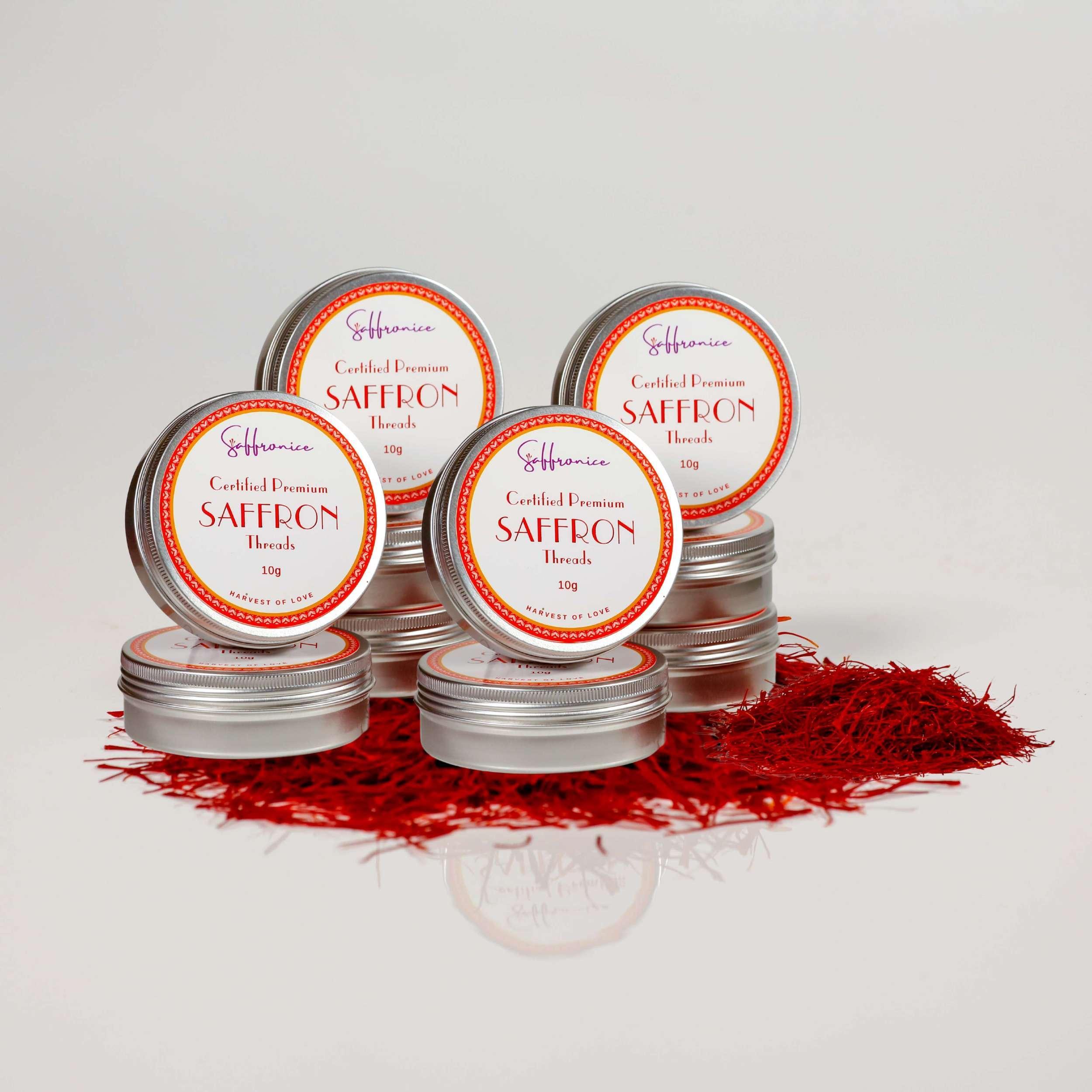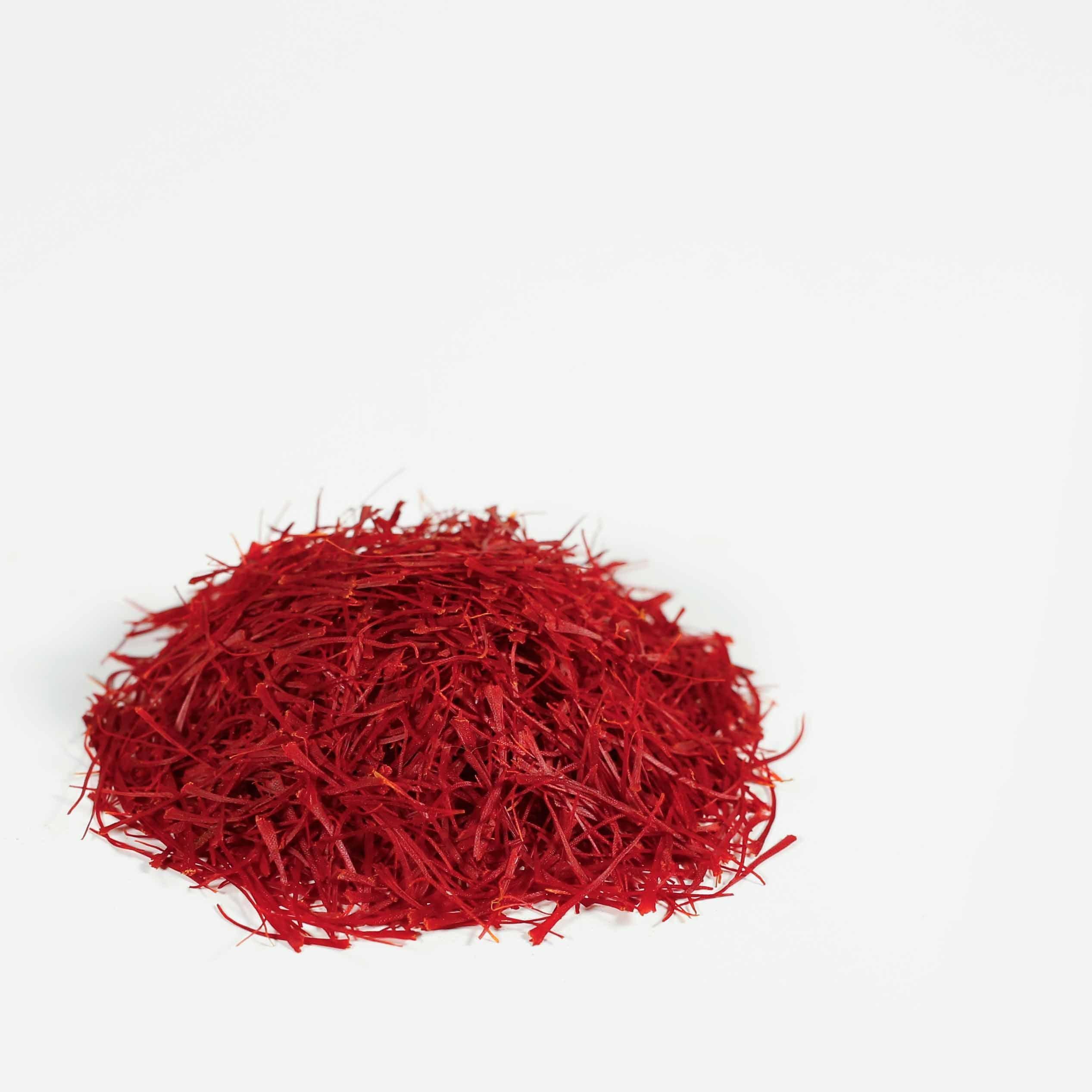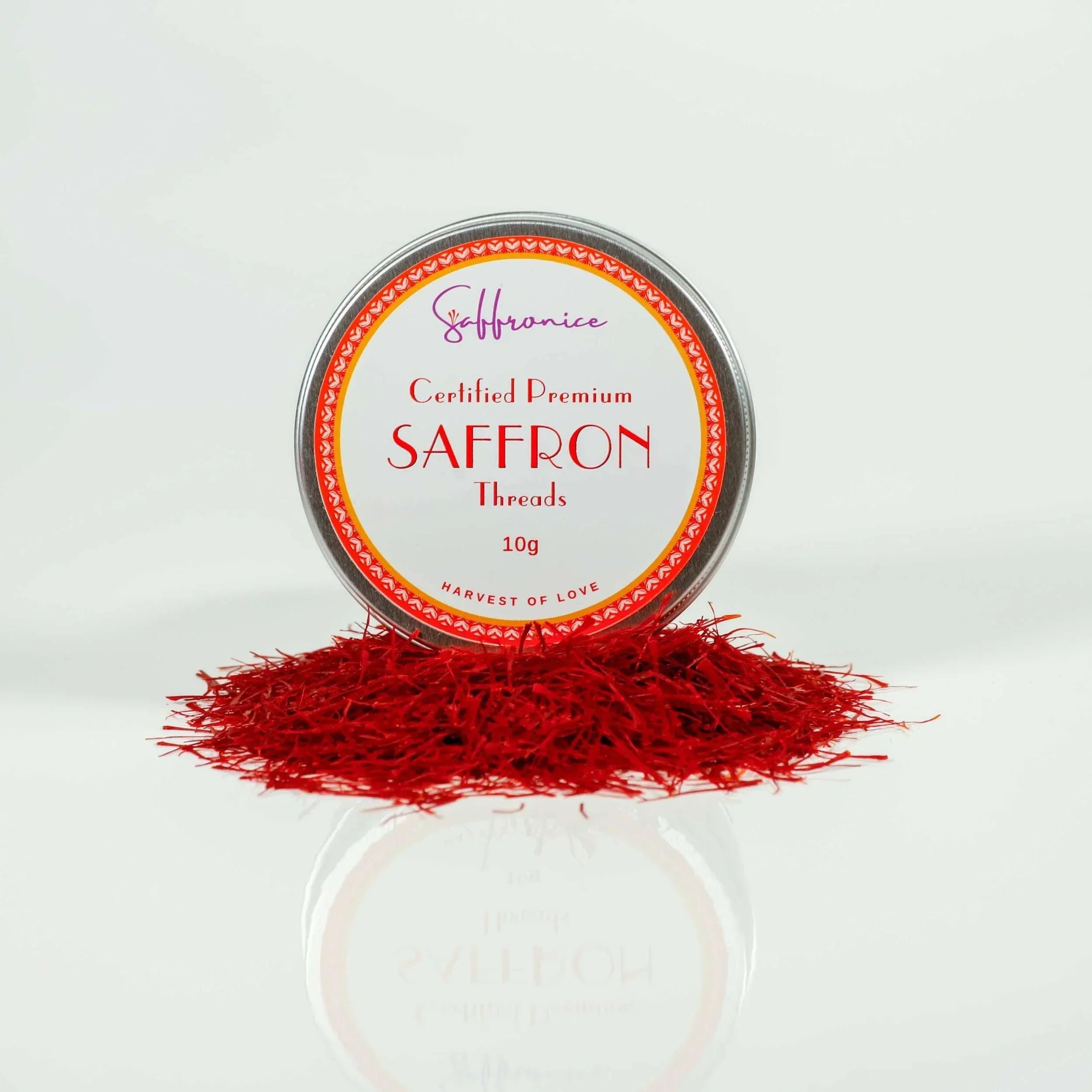Why the Red Gold of the Middle East Reigns Supreme
Picture this: A single flower blooms for just one week a year, opening at dawn. From each delicate purple blossom, only three crimson threads emerge—threads so precious they're worth more than gold by weight. This is saffron, the world's most expensive spice, and while ambitious farmers across America are trying their hand at growing this "red gold," there's a reason why Persian saffron from its ancestral homeland continues to dominate 90% of the global market.

The American Dream Meets Ancient Persian Tradition
First, let me say this with genuine respect: American saffron farmers deserve our admiration. From Vermont's rolling hills to Pennsylvania's Lancaster County, these pioneering growers are taking on one of agriculture's most challenging crops. They're experimenting with milk crates in hoop houses, fighting off voles, and hand-harvesting flowers in the crisp autumn mornings. It's backbreaking work that requires dedication, precision, and a deep love for the craft.
But here's what thousands of years of Persian tradition have taught us: great saffron isn't just about hard work—it's about the perfect marriage of climate, soil, tradition, and expertise that simply can't be replicated overnight.
The Science Behind Superior Saffron
When you hold genuine Persian saffron threads from the Middle East, you're looking at measurable excellence. According to the ISO 3632 international standard—the gold standard for saffron quality—Persian saffron consistently outperforms all others:
- Color Strength (Crocin): While the minimum for Category 1 saffron is 190, Persian saffron regularly scores 231-270, with some batches reaching as high as 256. American saffron, when tested, typically falls short of these numbers.
- Aroma (Safranal): Persian saffron contains three times more aromatic compounds than most other varieties
- Flavor (Picrocrocin): The bitter-sweet complexity that makes saffron unique is most pronounced in Persian varieties
At Saffronice, our saffron exceeds these international standards across the board—scoring 231+ for color, 88+ for flavor, and 36+ for aroma. These aren't just numbers; they translate directly to the transformative power of saffron in your kitchen.

Why Geography Matters: The Persian Advantage
The Middle East's saffron-growing regions offer something American farms struggle to replicate: the perfect storm of environmental conditions that have existed for millennia.
The Goldilocks Climate Persian saffron thrives in a climate that's just right—not too wet, not too dry. Traditional saffron fields receive 400-500mm of rainfall annually, perfectly timed with the growing season. Compare this to Vermont, where excessive moisture and unpredictable snow cover lead to corm rot, or California, where irrigation challenges and soil differences create their own hurdles.
Temperature Extremes That Build Character Saffron crocuses need scorching summers (up to 40°C/104°F) for proper corm development and frigid winters (down to -20°C/-4°F) for dormancy. The continental climate of traditional Persian growing regions delivers both extremes naturally. American growing regions often lack this dramatic temperature swing, leading to poor flower production and lower-quality stigmas.
Soil That Tells a Story The sandy-loam soils of the Middle East, with their perfect pH of 7-8 and excellent drainage, have been cultivating saffron for over 3,000 years. These soils are enriched with centuries of organic matter and perfectly balanced minerals. American farmers, working with different soil compositions and without this historical foundation, face an uphill battle.

The Heritage Factor: Why Experience Counts
Here's something that can't be rushed: Persian saffron farmers inherit knowledge passed down through generations. They know exactly when to plant based on subtle seasonal cues, how to read the soil, and precisely when those precious flowers will bloom. This isn't information you can Google—it's wisdom encoded in cultural DNA.
American farmers, despite their innovation and determination, are essentially starting from scratch. Even with university research programs and modern technology, they're competing against millennia of refined expertise.
The Numbers Don't Lie: Yield and Quality Comparisons
Recent studies from the University of Rhode Island showed American saffron yields averaging 10-13 kg per hectare—respectable numbers that match some European production. But here's the catch: quantity doesn't equal quality. When these same American saffrons are tested for active compounds, they consistently score lower than Persian varieties.
Meanwhile, traditional Persian farmers, using time-honored methods, not only produce higher yields in their best fields (up to 15 kg/hectare) but maintain superior quality scores across all metrics.

Supporting Sustainable, Ethical Sourcing
At Saffronice, we work directly with small family farms in the Middle East that follow age-old traditions. Every thread is handpicked at dawn, carefully sorted, and naturally dried to preserve those precious compounds that make Persian saffron incomparable. Our farmers use non-GMO corms passed down through generations, and we ensure fair prices that support these traditional communities.
When you choose authentic Persian saffron, you're not just getting a superior product—you're supporting a sustainable agricultural tradition that predates modern industrial farming by centuries.
The Climate Change Challenge
Here's an uncomfortable truth: climate change is affecting saffron production worldwide. American farmers report declining yields due to erratic weather patterns, while even traditional growing regions face challenges. However, Persian farmers' deep generational knowledge of adaptation gives them an edge in navigating these changes.
The micro-climates of the Middle East's saffron regions, refined over centuries of cultivation, provide a buffer against climate volatility that new growing regions simply don't have.

Why Persian Saffron Will Always Be Worth the Investment
Yes, authentic Persian saffron costs more than American-grown alternatives. But consider this: you need just a pinch—literally 3-4 threads—to transform an entire dish. When you calculate the cost per use, even our premium Super Negin saffron becomes surprisingly affordable.
More importantly, when you use Persian saffron, you're guaranteed:
- Maximum flavor and aroma impact (less is more)
- Consistent quality backed by lab testing
- The authentic taste that has defined cuisines for millennia
- Supporting traditional farming communities
- A product that exceeds international quality standards
Experience the Difference Yourself
We invite you to discover why chefs, food lovers, and health-conscious consumers worldwide choose Persian saffron. Our collection includes:
- Premium Saffron Threads: Lab-tested to exceed ISO standards
- Saffron Supplements: Nano-extracted for maximum bioavailability
- Saffron-Infused Products: From honey to cosmetics, experience saffron's versatility
Every purchase comes with our 30-day money-back guarantee because we're confident that once you experience authentic Persian saffron, you'll understand why it remains the world's gold standard.
The Bottom Line
American saffron farmers deserve our respect and support for their pioneering efforts. Their work contributes to agricultural diversity and local food systems. But when it comes to the pinnacle of saffron quality—the threads that will elevate your paella, perfect your Persian rice, or add that mysterious depth to your desserts—Persian saffron remains unmatched.
It's not just about tradition or terroir alone. It's about the perfect convergence of ideal climate, ancient wisdom, perfect soil conditions, and measurable quality that consistently exceeds international standards.
Ready to taste the difference? Explore our Persian saffron collection and discover why this ancient spice continues to captivate the world. Because when it comes to saffron, geography isn't just important—it's everything.
At Saffronice, we're committed to bringing you the world's finest Persian saffron, sourced directly from heritage family farms and tested to exceed international standards. Visit saffronice.com to explore our collection and join thousands who've discovered the true taste of authentic saffron.


